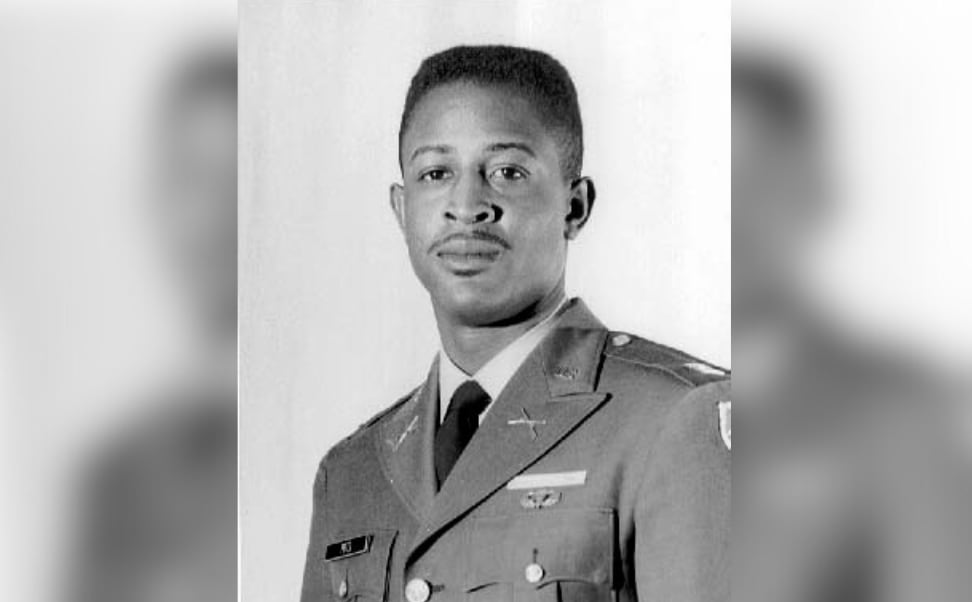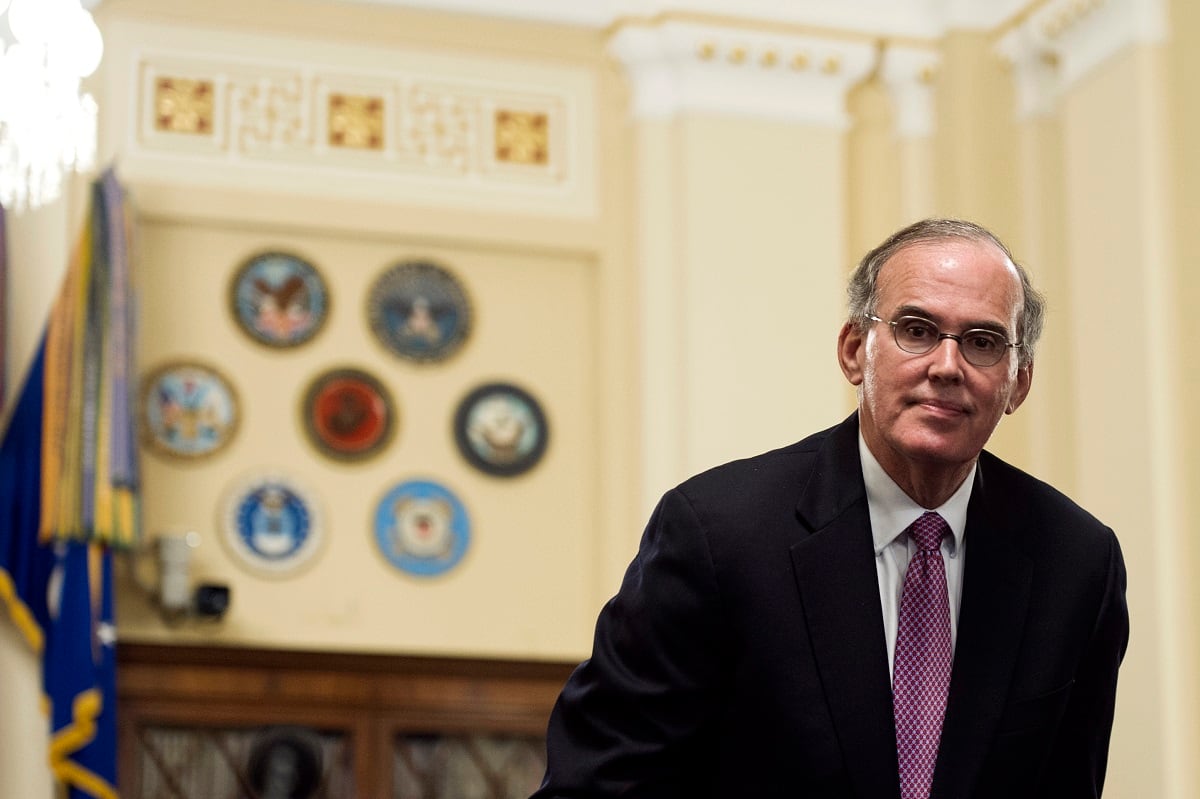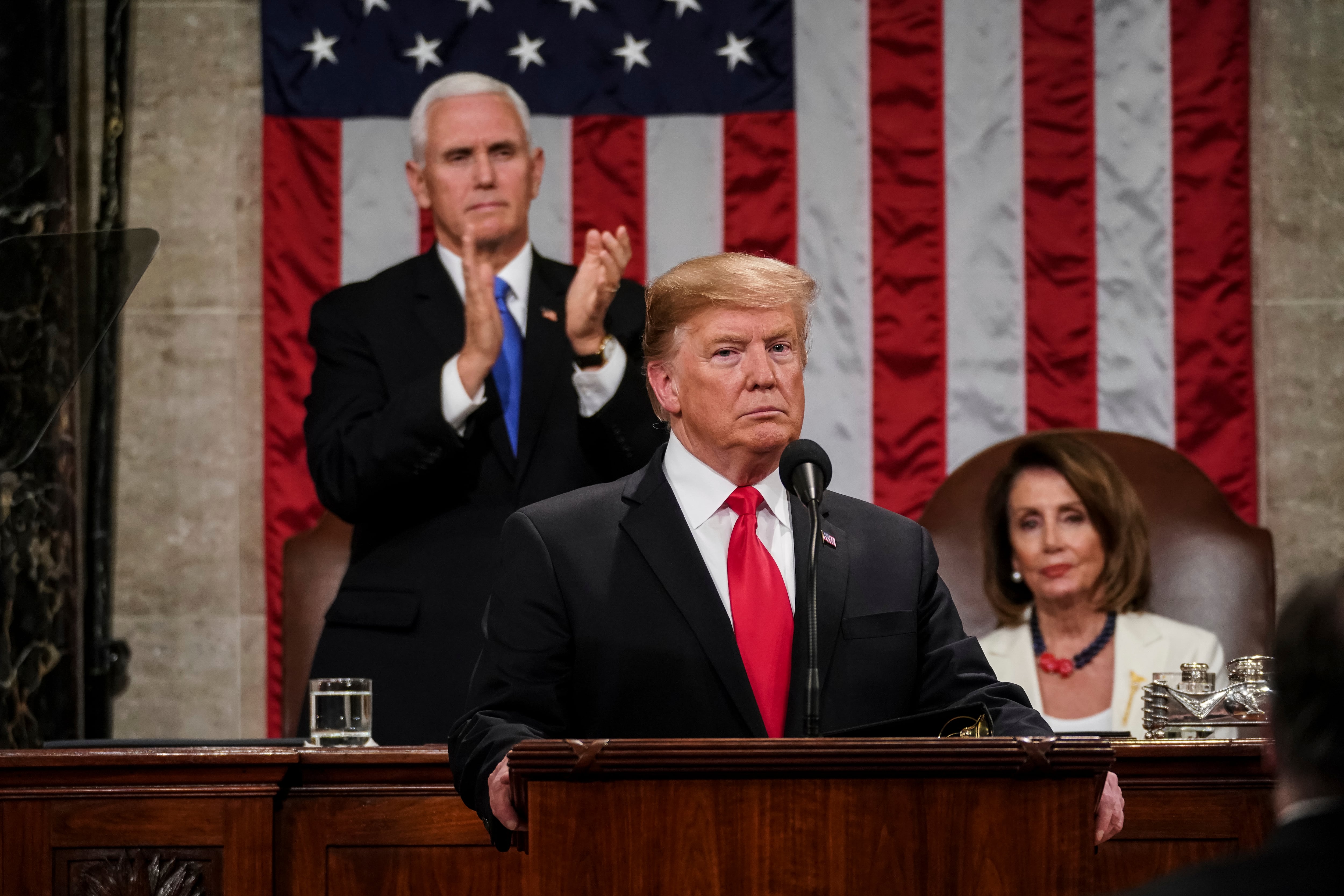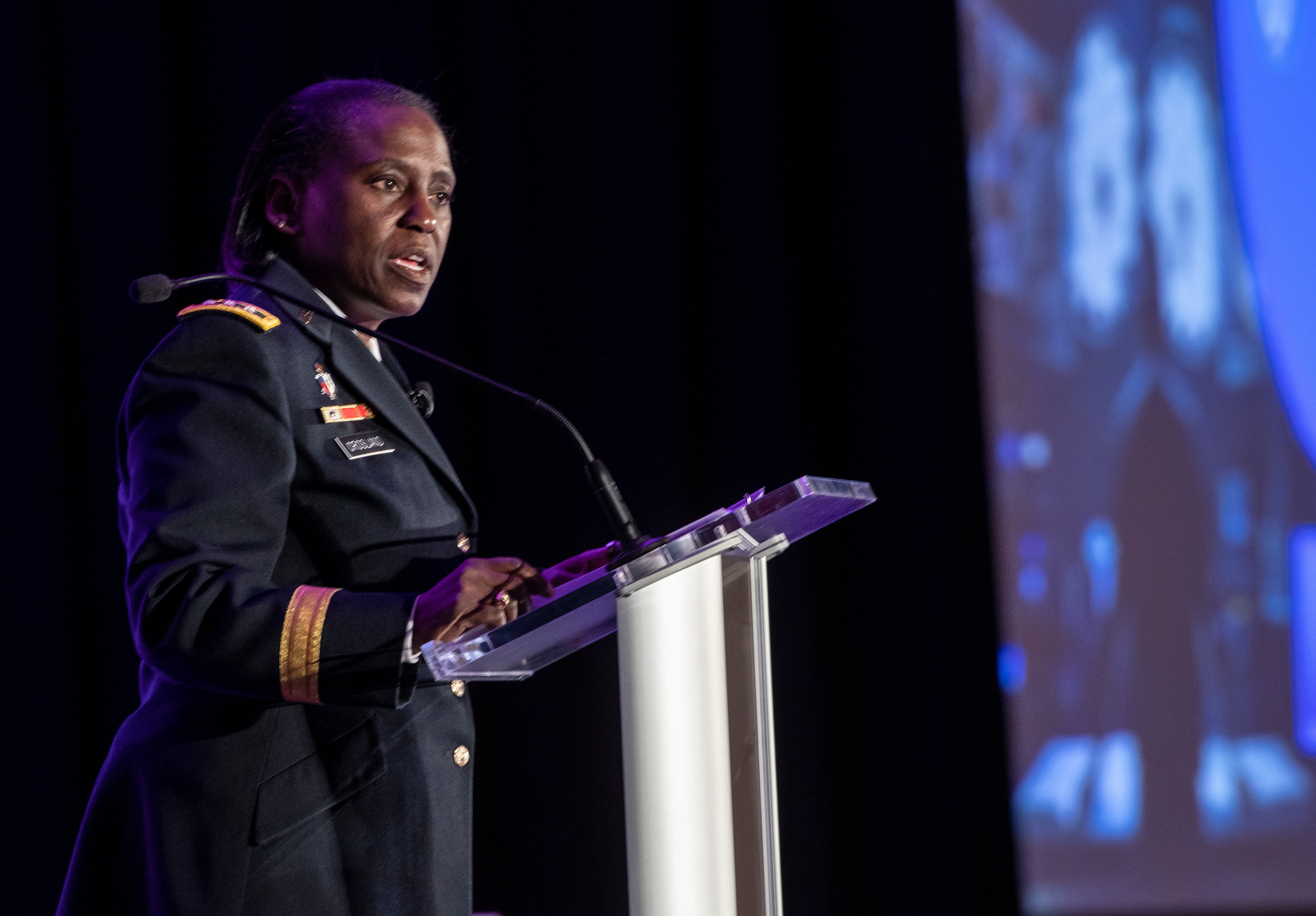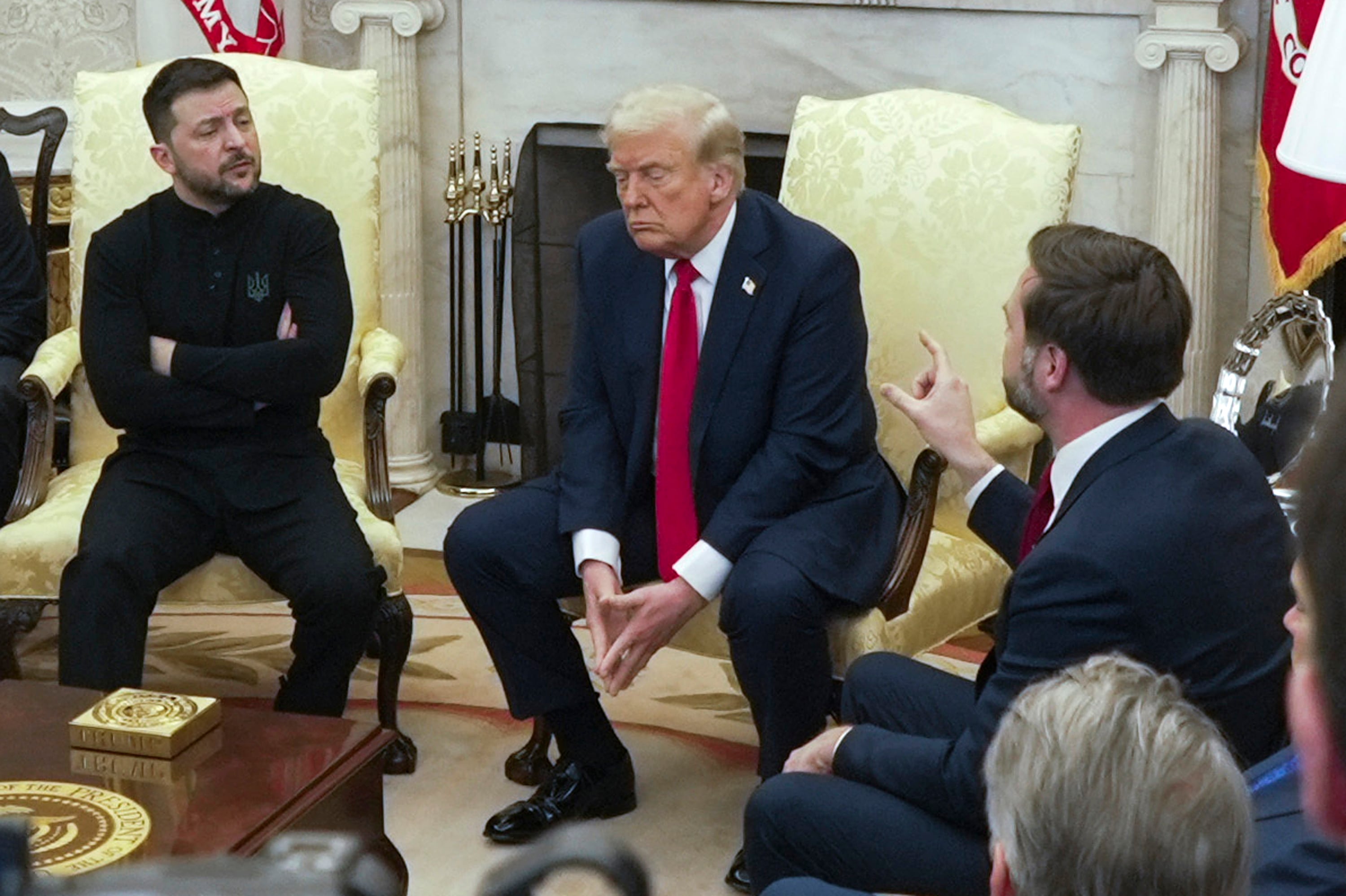Around 400 National Guard personnel have been activated across six states to support operations to stem the spread of novel coronavirus, the National Guard Bureau said in a press release.
The governors of Florida, Iowa, Louisiana, New York, Rhode Island and Washington have all activated components of their Army and Air National Guard. Guardsmen in California and Maryland are also expected to join their states’ efforts today.
“The National Guard is fully involved at the local, state, and federal level in the planning and execution of the nation’s response to COVID-19,” a National Guard Bureau spokesperson said in the release. “In times of emergency, the National Guard Bureau serves as a federal coordinating agency should a state require assistance from the National Guard of another state.”
“At the national level, Guard members are training personnel on COVID-19 response, identifying and preparing National Guard facilities for use as isolation housing, and compiling state medical supply inventories,” the release continued. “National Guard personnel will provide assistance to the states that include logistical support, disinfection/cleaning, activate/conduct transportation of medical personnel, call center support, and meal delivery."
While the number currently stands at under 500, the National Guard Bureau said those numbers “will rapidly change,” as the agency “expect[s] that number to approach 1,000” by the end of the day.
Currently, 33 states have declared states of emergencies to mobilize greater resources and streamline responses to the new coronavirus outbreak, the bureau noted.
Individual state responses
On Monday, Florida Gov. Ron DeSantis signed an executive order to grant greater authorities to state officials.
Three guardsmen are currently providing support at the State Emergency Operations Center in Tallahassee, Florida, and on Sunday, an additional 20 service members will be activated to operate the State Logistics Readiness Center, according to an official with the Florida Army National Guard.
As of Friday, there were 42 confirmed cases of COVID-19 with two confirmed deaths 147 pending test results in Florida, according to the state’s health department.
Rhode Island Gov. Gina Raimondo also signed an emergency declaration on Monday, authorizing Maj. Gen. Christopher P. Callahan, the state’s adjutant general, to order the Rhode Island National Guard to active duty status.
“I want every tool at my disposal in order to be able to protect Rhode Island,” Raimondo said at a Monday press conference, as reported by NBC 10 Boston.
Around 10 guardsmen are currently supporting state health officials in Rhode Island, where five cases of COVID-19 have been confirmed, as of Thursday, with 29 pending test results.
In Iowa, Gov. Kim Reynolds signed a Proclamation of Disaster Emergency on Monday to streamline response and assistance procedures. Some personnel of the Iowa National Guard have been activated under State Active Duty status to assist in the state’s joint Emergency Operations Center, a state official said.
Currently, the National Guard’s presence constitutes a “very small footprint,” serving primarily as liaisons for logistics and planning, the official added.
As of Thursday, Iowa has 16 confirmed cases of COVID-19 with 29 cases pending and 128 people being monitored, according to the Iowa Department of Public Health. Most of the cases stem from travel, including a cruise in Egypt, the governor’s office said.
In Louisiana, three guardsmen are assisting with planning in the New Orleans Office of Homeland Security and Emergency Preparedness, according to the release.
Gov. John Bel Edwards declared a public health emergency on Wednesday. The state does not yet have any confirmed cases, but there are 33 presumptive cases as of Friday.
On March 5, Maryland Gov. Larry Hogan declared a state of emergency, mobilizing a statewide response to the outbreak. The state currently has confirmed 17 cases of COVID-19, according to the Maryland Department of Health.
Components of the Maryland National Guard have been activated by the governor, but their role is “to be determined” at this time, according to the National Guard Bureau.
California Gov. Gavin Newsom is activating personnel, utilizing a 10-person “medical augmentation team" from the 144th Fighter Wing of the California Air National Guard “to provide emergency pre-hospital stabilization response for up to 24 patients per 24-hour operations,” the release stated.
The state has 174 confirmed cases of COVID-19 with an additional 11,000 people “self-monitoring," according to the California Department of Public Health.
Washington Gov. Jay Inslee, who issued an emergency proclamation on Feb. 29, has also activated personnel from the Washington National Guard. These Guardsmen “are supporting planning efforts within the Washington State Emergency Management Division for up to 45 days,” according to the release.
There are currently 31 deaths of COVID-19 in the state, according to state health officials.
The developments in these states follow New York Gov. Andrew Cuomo’s decision earlier this week to activate guardsmen to assist in cleaning and food deliveries and Puerto Rico Gov. Wanda Vázquez Garced’s decision on Thursday to activate the Puerto Rico National Guard to screen passengers at the island’s airport and cruise ship ports.
The New York National Guard has responded to New Rochelle, New York, where a “cluster” of COVID-19 cases has been identified.
New York now has 378 guardsmen “assisting with disinfecting and cleaning of common public spaces...and providing transportation support for nurses and health care providers,” the release said.
National Guard activation status
A state’s governor may activate the National Guard under “State Active Duty” status “in response to natural or man-made disasters or Homeland Defense missions.” In this capacity, guardsmen remain “command and control” of the governor and are sourced and paid for by the state, according to the National Guard Bureau.
Across 50 states, three territories, and the District of Columbia, there are approximately 450,000 Air and Army National Guard personnel who “frequently train side-by-side with state and local emergency responders” in domestic operations, the National Guard Bureau noted.
A governor may also activate the guardsmen to support other states through assistance agreements in a multi-state response to an emergency, although the funding comes from the federal government under Title 32 U.S.C. status. No states have sent personnel to neighboring states thus far.
“The National Guard has unique capabilities such as its Civil Support Teams and [Chemical, Biological, Radiological, Nuclear, and high-yield Explosive Enhanced Response Force Packages (CERFPs)] that could provide local first responders with additional resources to combat COVID-19,” the release added.
The defense secretary retains the authority to order National Guard forces to active duty under Title 10 U.S.C. when “necessary to maintain the national health, safety, or interest,” according to the Department of Homeland Security’s National Response Framework.
The Centers for Disease Control and Prevention is the lead federal agency tasked with combating the spread of COVID-19.
As of Friday, the CDC has reported over 1,600 cases with 41 deaths, although widespread testing has yet to be implemented nationwide.
Dylan Gresik is a reporting intern for Military Times through Northwestern University's Journalism Residency program.



